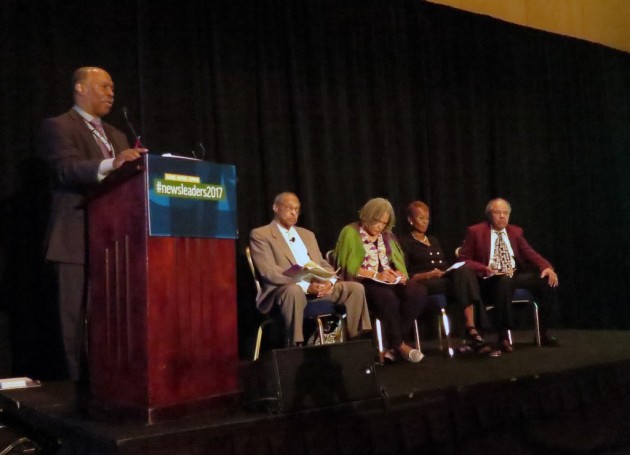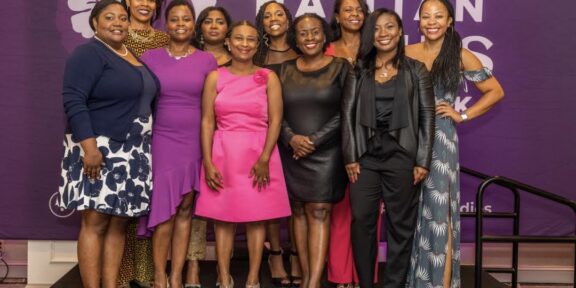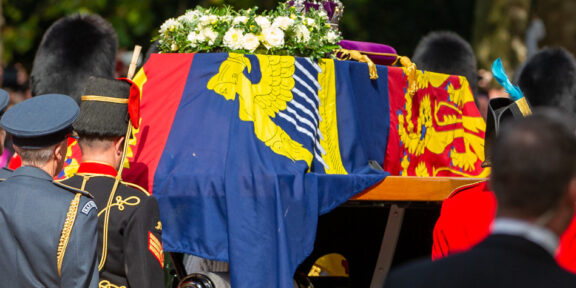Customers of Sankofa, a small cafe video and bookstore, can look through books and films of the history of black Americans and Africans … all while sipping a latte.
“We wanted to provide books that should be around forever and ever,” said Shirikiana Gerima, owner of the shop and cafe. “We have to keep things around. We’re a small link in a very important chain.”
Creating the Shop
Sankofa– meaning “go back and take” in the Akan language of Ghana– opened in 1982. The store was first bought as a location for filmmaking. Gerima, a graduate of Howard University, used the space for creating small films of the history of Africans and black Americans.
Gerima had no degree or previous experience in business, but she eventually opened a video bookstore section in 1997 and a cafe a few years later. These sections were opened to promote the work of African-American filmmakers, including herself, to the black community.
Gerima co-owns the store with her husband Haile Gerima, an internationally-known African filmmaker, famous for films like Teza, and a professor at Howard University since 1975.
Selling More Than Coffee
On the outside, Sankofa looks like just a small coffee shop with cafe tables and chairs set up outdoors. Customers are met by young African Americans, many times Howard University students, sipping from coffee cups and snacking on treats. Some items found on Sankofa’s menu include:
• Breakfast Melts
• Salads
• Sandwich Wraps
• Soups
• Hot Panini Sandwiches
• Smoothies
• Lattes
• Coffee
Each wrap and salad on the menu is named after an international filmmaker and each Panini is named after a black American filmmaker.
The name of one wrap is Gloria Rolando, an Afro-cuban filmmaker famous for her film Roots of My Heart. The Spike Lee Panini is named after one of the most famous black filmmakers in America. His work includes Do The Right Thing and Inside Man.
Inside the Sankofa, the vibe is much different than “just a coffee shop.” The store beyond the cafe displays a variety of novels, books and films by Africans and people from the African Diaspora race. Black pride and empowerment are common themes throughout Sankofa.
Howard University student, Rob Lawrence, sometimes visits the shop for a quick breakfast before class. While he doesn’t usually stick around to shop, Lawrence appreciates all that the store has to offer.
“I think it’s cool that [Sankofa] offers books that aren’t that known,” Lawrence said. “I haven’t had a chance to read any yet, but my friend bought a book, Lies My Teacher Told Me, and said it really changed her perspective on the American history we learn in school. It’s important to challenge what you learn.”
Surviving Community Changes
The close location to Howard and two Metro stations really helps the small, but growing, success of the business. Gerima describes the setting of the cafe as an “ideal location” for what the store has to offer.
However, the growing trend of gentrification in the city could pose a threat.
“If the environment changes and the atmosphere changes, our business will no longer be,” Gerima explained. “It is unrealistic to think that a business that caters to a black audience will exist without that.”
Gentrification has been in the making in the Washington area for over 30 years. Not until recently has it had such an impact on many communities in the city.
The renewal of worn-down lower-income neighborhoods attracts wealthier residents. There has been a flood of wealthier, usually white newcomers in neighborhoods close to Sankofa. Areas, like LeDroit Park, have been turned completely upside down.
Due to gentrification, the white population is rising while the black population is experiencing a decline. Statistics compiled from www.census.gov.
“I lived in Bloomingdale a couple years ago and had nothing but white neighbors,” said local resident and Sankofa customer Leonard Muhammad. “Sankofa keeps the disappearing black culture in the neighborhoods alive.”
Gerima noticed changes in Washington and the effects it had on residents even before opening the shop. In 1976, she began filming a documentary, Brick by Brick, that she says “foretold things going on now.”
A short 30-minute movie of the troubles of black residents during the community changes, Brick by Brick is one of the oldest documentaries on gentrification still being sold.
Even with changes in the community, Gerima believes Sankofa will continue to thrive with much help from students.
“We think Howard students are a group of people who are always looking for intellectual development,” she said. “We want to make their understanding of the world a lot deeper.”
Competing with the Generation
Students could contribute to the downfall of the shop. Many rely on websites like, Amazon.com to purchase books not found in small bookstores, so Sankofa could be overlooked. Its biggest competitor is actually the students’ busy lives.
“Our biggest competitor in the sense of threat is the culture of non-reading and thinking,” said Gerima. “A culture generated by corporations that would like to have customers of robots.”
With a lingering state of “rock bottom,” as Gerima describes it, the nation’s economic crisis doesn’t really affect Sankofa’s business.
Although Howard students bring sales to Sankofa, Gerima says the best time for business is during the summer. This is when local residents and students who stay for the summer have more time for a coffee break.
No matter the season, Gerima feels that the business is “doing okay for the economy.”
Recessions and low-incomes is not hurting business, but Gerima has no plans to expand her business. She leaves the bigger and busier cafe bookstores to the Busboys & Poets shops scattered around the city.
“The point is for us to do what we do well where we are,” Gerima explained.
Howard student Aleia Woods, a once frequent visitor of Busboys & Poets, prefers Sankofa. In her opinion, it has more to offer, culturally.
“Busboys is where customers can go for a more modern experience,” said Woods. “Their black-culture books are more so commercial novels, like Toni Morrison’s work, whereas Sankofa provides the black community with documentaries, films, and books that most of us have never even heard of.”
Promoting the Importance of History
Gerima and her husband created their most famous film entitled Sankofa in 1992 which helped inspire them to open their business. The film won many prizes, including first prize at the African Film Festival in Milan.
Sankofa focuses on a modern-day woman, Mona, who is transported by spirits back into slavery where she experiences the hardships and most importantly, the resistance of being a house slave in Louisiana.
Mona takes the lessons she learned back to her modern-day life and inspires viewers to remember and recognize the history of their ancestors.
And above all, inspiring is what Sankofa, the cafe, does. Gerima compares her customers who buy the books and films in the store to an Akan image linked to the phrase “sankofa”.
The image is a bird walking forward with its head turned back and an egg tucked in its mouth. Gerima believes this bird represents her customers.
“It is important to go forward, but you don’t want to forget your past,” said Gerima. “You hold the future in your mouth, essentially.”






